This photo series is the first part of DRØME's latest series on expectations. We asked our readers to submit work that considers the expectations—set by themselves, institutions, or others—that have shaped their identity. Read our full call for submissions here and catch more from the series soon!
Text and images by Kat Danziger
Online intimacy, sexting, hookup apps, nudes. Sex saturates all digital culture. And yet while we’re watching the conversation on consent violations—tied to rape and sexual harassment—become one of the most prominent topics in recent media, the idea of practicing consent in cyberspace is still largely dismissed.
CONSENT is a sex-positive photo series that creates visual parallels between physical and online violations of sexual consent. The series was birthed out of desire to show how consent in cyberspace interactions is every bit as crucial as consent in real life situations is. I’ve found the fact that it isn’t always recognized as such is extremely dangerous. In the end, neglecting to host inclusive conversation regarding the giving and seeking of digital consent sets us up for societal structural failure with other relationships outside of the internet.
The internet’s use for sexual purposes is an immovable part of contemporary culture. Thus, the risk for harm becomes a given as well. Slut-shaming, gender harassment, and the spreading of private images against someone’s will are just a few of the most common acts of violence with the potential to cause emotional trauma. The Rape Crisis Centre cites the position of YFoundations’ Youth Health Sector that victims of digital consent crises should be addressed with responses similar to that of a response for a survivor of sexual assault.
Most people are colloquially familiar with the archetypal online messaging dynamic of a man soliciting sexual favors or actions from an non-consenting woman. Legislative bodies tend to mirror this familiarity by viewing digital consent violations as ones almost exclusively tied to heterocentric relations. These narratives exclude queer people and eliminate the possibility of non-sexualized nudity, both of which I represent in these photos.
Ultimately, rather than perpetuating a narrative where the responsibility of assessing the risk for potential harm in online interaction rests on the more vulnerable party, digital sexuality needs to be held to a standard where consent is the essential factor in determining the safety of those involved. This is the minimum we should hold each other accountable for and expect.

![EXPECTATIONS: Consent [NSFW]](https://images.squarespace-cdn.com/content/v1/582676fcbe6594017e869966/1519754727385-JNUPCU22KO92AQF3JRL4/Choked+1.jpg)









